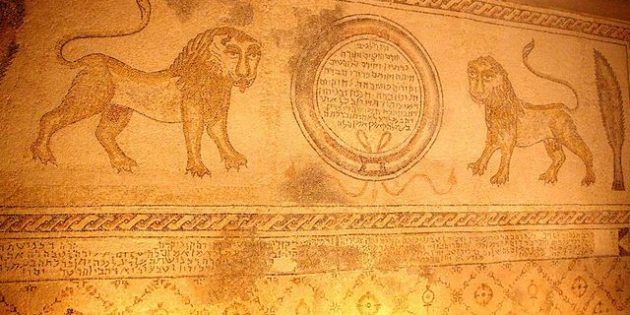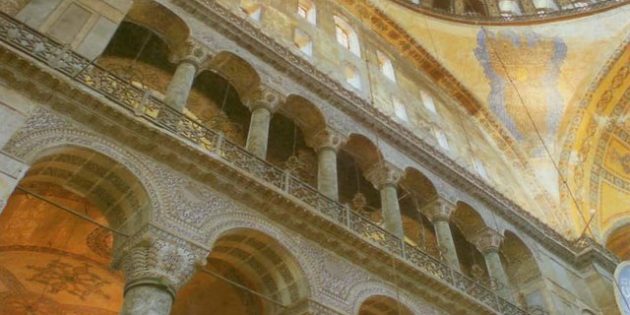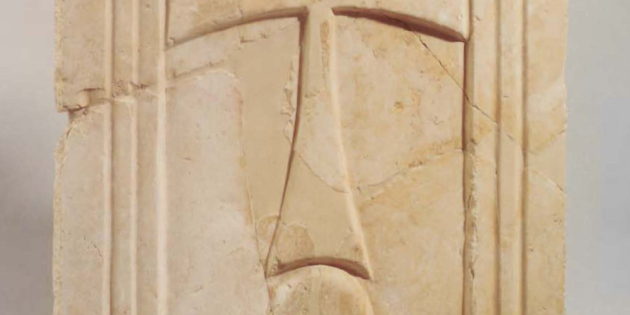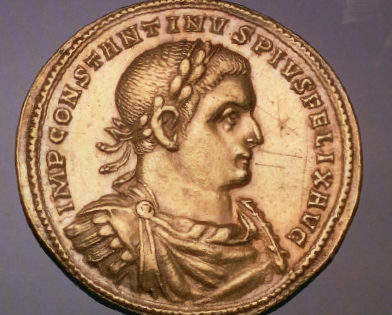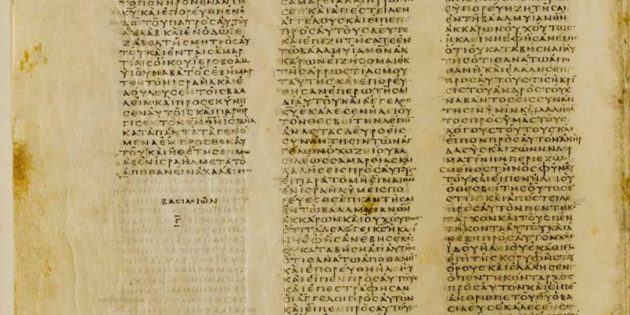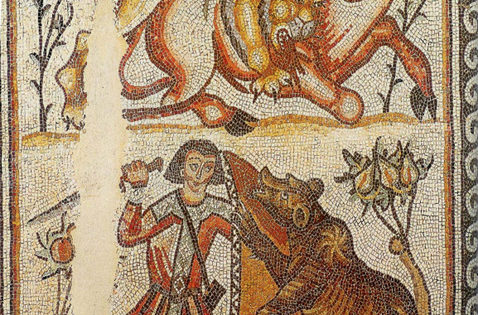Home » Bible and Beyond » Byzantine Period
Byzantine Period
Hammat Gader Synagogue 1 Hammat Gader Synagogue 2 Jews apparently settled in Hamat Gader even before it was conquered by Alexander Janneus, the Hasmonean king (103-76 B.C.). When Herod ascended the throne he established colonies of Jews on the Golan, and this contributed to the Jewish settlement in Hamat Gader. In the second century A.D., […]
Hagia Sophia 1 Hagia Sophia Mosaic of the Imperial Door Hagia Sophia 2 Located in Istanbul, Turkey, the Hagia Sophia is considered to be the epitome of Byzantine architecture. It was originally constructed as a church, beginning in 532, on the orders of the Emperor Justinian. At the opening in 537, Justinian arrived in his […]
GlassVessel Decorated with Crosses Mold-blown glass vessel, decorated with crosses, which may have been used for oil for the Christian holy sites in Jerusalem.
Eudocia Inscription Eudocia Inscription in situ Eudocia was the wife of the Byzantine emperor Theodosius II (408 A.D.–450 A.D.). She lived in Jerusalem. Written in Greek on a large marble slab embedded in the floor of the Hall of the Fountains, the Eudocia inscription consists of 17 lines. The first line contains the name of […]
Horvat Bata Cross The cross on the hillock of Golgotha, relief on a chancel screen from the church at Horvat Bata in Carmiel, 6th century CE. Israeli, Yael and David Mevorah, eds. Cradle of Christianity, Exhibition Catalogue. Jerusalem- The Israel Museum, 2000.
Coin of Constantine “Constantine The Great” is inscribed in Latin on this half-dollar-size silver coin struck to celebrate the founding of Constantinople. On May 11, 330 CE, Constantine presided over a ceremony in which the city’s name was changed from Byzantium to Constantinople. As part of the festivities, the emperor presented dignitaries with special coins […]
Codex Vaticanus 1 Codex Vaticanus 2 The Codex Vaticanus is one of the oldest versions (4th century CE) of the Greek Bible, containing an almost complete copy of the Septuagint (a Jewish translation of the Bible into Greek). It is missing the book of Genesis. The New Testament is complete except for the books of […]
Photo by Ardon Bar Hama. Constantine’s mother Helena had met bishop Macarius of Jerusalem by chance at convocation of the first ecumenical council of the Christian Church convened by Constantine at Nicaea (in today’s Turkey) and was much moved by his words. The bishop told her of the sorry state of the faith in the […]
Kissufim Mosaic Mosaic floor with animals and a hunting scene Church at Kissufim, Negev 6th century Stone and glass Israel Antiquities Authority, exhibited at the Israel Museum, Jerusalem Cradle of Christianity- Treasures from the Holy Land. Beachwood, Ohio- Maltz Museum of Jewish Heritage, 2006. See also- The Marvelous Mosaics of Kissufim, Rudolph Cohen, BAR […]
Christogram 1 Christogram 2 Christogram 3 Christogram 4 One of the early symbols of Christianity was the Christogram – a monogram based on letters from Jesus’ name and epithets in Greek. In the fourth century, this symbol was more common than the cross, which only became widespread in the fifth century. The Christogram symbolized the […]

